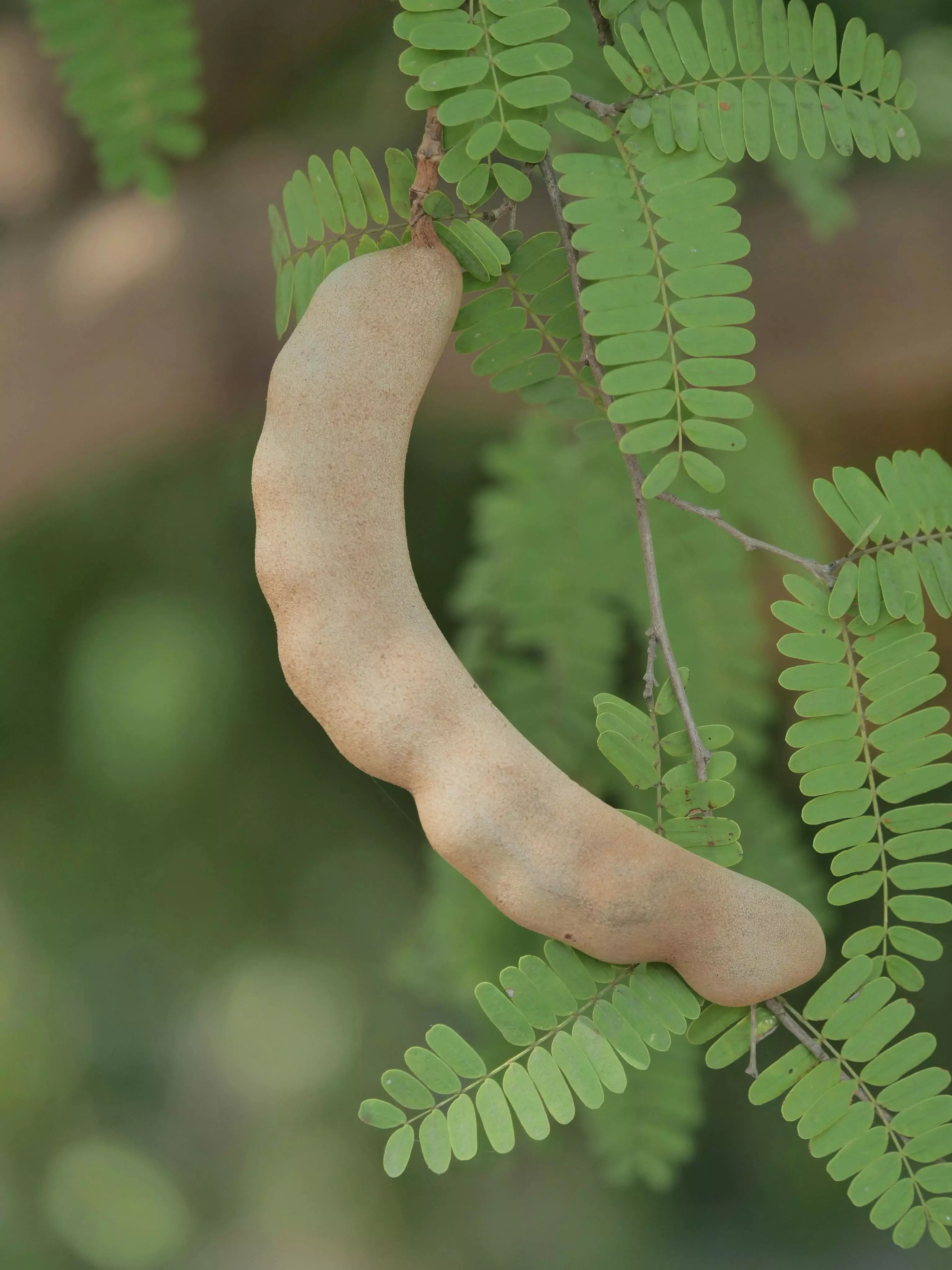Come April, Telangana people start buying, storing tamarind to add kick to cuisine
A cooling drink can be made for the summer months
By Beyniaz Edulji
Representational Image.
Hyderabad: It is Tamarind season. Tamarind, which is rich in Vitamin C, is bought and stored every April in Telangana for the year.
Nostalgia
On visits to my parents’ place, at this time of the year, I used to see a lot of activity around the tamarind tree in their backyard. The tree was shaken, the tamarinds falling like large hailstones onto the ground, from where they were picked up and collected in gunny bags. My mother would keep a bag full and distribute the rest to the gardener, maid, and neighbour’s help who would all converge to collect the booty. Mum would dry, shell, and salt the tamarind to preserve it for further chutney making.
Tamarind leaves are a delicacy
We have already had a lot of green tamarind chutney along with our ‘pakodas’ this year, and earlier to that, we had several helpings of a wonderful meat dish cooked along with the tender tamarind leaves (called ‘chigur’) and flowers. The tender leaves are hand-picked and rubbed between the palms of hands, and the small stalks discarded. 2 large bunches of spinach leaves are chopped and added to the chigur. In a little oil, fry two finely chopped onions, grated ginger and garlic slivers, and green chilies. Salt, turmeric, chili, coriander, and cumin powders, and a few ground cloves are mixed into this. Half a kilo of lamb is added and fried on a low flame for a good 15 minutes. Lastly, the chigur and spinach are added and stirred until dry. This entire dish is then put in a closed box and pressure-cooked for another 15 minutes.
In my childhood, our Telugu neighbors used to make a dish called ‘Chinta Chiguru Menthallu’ or dry fish cooked with chigur leaves. This could be eaten with both rice and rotis. Filipinos make the delicious ‘sinapalukan’ soup using fresh tamarind leaves.
Nutritional value and uses
Tamarind is a rich source of vitamin C, and its seeds are used to get rid of parasites. It is also used to clean brass and make it shine. In South India, its pulp is used to make rasam, sambhar, and the aromatic ‘Puliyogare’ or tamarind rice. In other places, it is widely used as a main ingredient in chutneys and sauces, which add a special zing to ‘dahivadas’, bhelpuri, and different kinds of chat. Pickled tamarind flowers are a rare delicacy. Diverse dishes such as ‘Chole,’ ‘Dum Aloo’ and the Hyderabadi ‘Khatti Dal’ all contain tamarind.
A drink for summer
A cooling drink can be made for the summer months. In Mexico, a very refreshing drink called ‘Agua de Tamarinda’ is made using 5 cups of water which is brought to a boil along with ½ cup sugar. About 10 tamarind fruit are dropped into the boiling water and left to steep for a few hours. The mixture is stirred vigorously, strained and stored in the refrigerator for up to a week. A similar tasting drink of tamarind juice in Egypt is called ‘tamarhindi’ or the Indian date.
Sauces
Tamarind is used in many countries to make candies as well as iced fruit bars. The HP and Worcestershire sauces have tamarind as one of the main ingredients. In the East, a sweet and sour sauce made out of tamarind, garlic, and brown sugar is poured over crisp fried fish. The Thais love the tamarind so much that they grow a sweet variety and eat it as fruit. They add it to their famous ‘Pad Thai’ or stir-fried noodles. The hot and sour ‘Tom Yum’ soup has prawns, chicken stock, lemon grass, a few lime leaves, ginger, spring onion, red chili, salt, and coriander leaves, but it is the tamarind pulp that gives it its distinctive flavor. The Indonesian ‘Sambal CumiCumi’ uses tamarind to flavour the fried squid. So does the Singapore Chili Crab and ‘Asam Fish’, which is so popular all over Malaysia.
Indonesian Hot, Sweet and Sour Chicken Recipe
An Indonesian Chef gave me an unusual Hot, Sweet and Sour Chicken Recipe, which is as fool-proof as it is easy to make. Take 1kg Chicken cut into large pieces, 2 tablespoons soy sauce, 1 tablespoon red ground paste made out of a few cloves of garlic and 2 teaspoons chili powder, 2 teaspoons ginger-garlic paste, 2 tablespoons sugar, the pulp of 1 lime-sized ball of tamarind soaked in water and strained, and 1 onion, chopped. Boil the chicken along with 1 teaspoon ginger-garlic and soy sauce in a little water to which salt is added. Remove when just tender and keep aside. Reserve the stock (about a cup). Fry the chicken in 3 tablespoons of oil and drain. In another pan, add one spoonful of oil and fry the onion until it is brown. Add 1 teaspoon ginger-garlic and the red ground paste, tamarind pulp, salt, and sugar. Add the stock and cook until the gravy gets thick. Lastly, add the chicken pieces and let the gravy coat the pieces evenly. This can be served with fried or steamed rice and noodles.